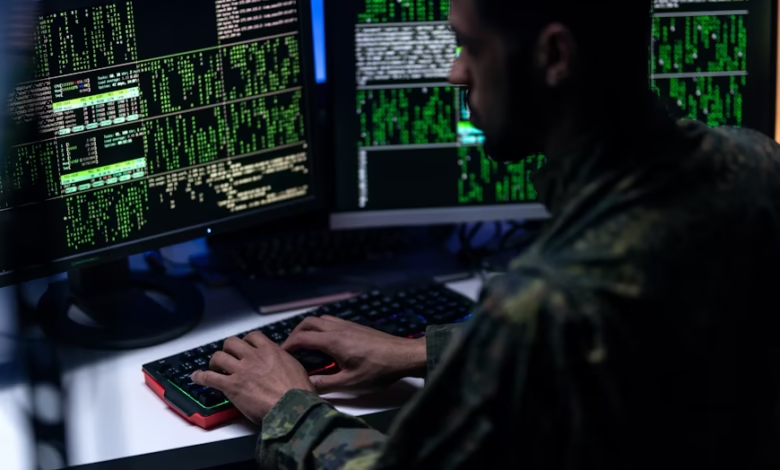Think You’re Ready for a Cyberattack? Prove It

Cyberattacks are no longer rare. Most businesses will face one at some point. Whether it’s phishing, data theft, or ransomware, the damage can be serious.
Lost data, frozen systems, and damaged reputations are just a few of the problems that can follow.
So how can companies prepare? Good security tools help, but tools alone aren’t enough. Teams need to know what to do when things go wrong.
That’s where testing and training come in. Practicing a response before an actual crisis can help limit the damage when the real thing hits.
Start with the basics
Before you can test your team, you need to have a response plan. This plan should lay out what happens during a cyberattack. Who takes charge? What systems are most critical? Who contacts law enforcement, regulators, or customers? What gets shut down, and when? These are just a few questions that need clear answers.
The best plans are short, clear, and easy to follow. They don’t need fancy language. They just need to explain the steps people should take.
Once the plan is written, it needs to be reviewed often. Threats change quickly, and old plans can become useless fast.
It’s also smart to assign clear roles. Everyone should know their part in an emergency. IT will likely handle system recovery. Legal might manage reporting. Communications may need to handle media or customer questions. When people know what’s expected, response times improve.
Train your team like it’s real
Having a plan is one thing. Following it under pressure is another. Training helps close that gap. Teams need to practice responding to incidents just like they would in a fire drill.
Cybersecurity training should cover both technical and non-technical roles. Not everyone needs to know how to fix a server, but everyone should know what a phishing email looks like or what to do if their screen locks up.
Training should also include decision-making under pressure. During a real cyberattack, people might panic or freeze. Practicing ahead of time helps build confidence. It can also show where plans are unclear or where more support is needed.
Run full scenarios to test your response
One of the best ways to test your plan is with ransomware tabletop exercises. These are mock scenarios where team members walk through a simulated ransomware attack. The point isn’t to run the attack on real systems. It’s to sit around a table (real or virtual) and talk through how the company would respond.
What would you do if your systems were locked and a ransom demand popped up? Would you pay? Who decides? How would you communicate with your team, your customers, or the media? What if backups failed? These are the kinds of questions a good tabletop exercise explores.
These exercises help identify gaps. Maybe your contact list is outdated. Maybe your team disagrees on when to involve legal. Maybe no one knows how to reach your cloud provider after hours. These are the small issues that grow into big ones during a real attack.
Tabletop exercises also help break down silos. IT, legal, HR, and leadership need to work together. Running through a scenario helps each group see how their actions affect the others. That understanding can save time—and money—when it counts most.
Keep improving after each test
After any training or simulation, do a full review. What worked well? What didn’t? What surprised you? What would you do differently next time? These lessons are just as valuable as the exercise itself.
Document everything. Update your plan based on what you learned. Then schedule your next test. Cyber threats don’t stop evolving, and your response shouldn’t either.
You don’t need a perfect plan. But you do need a plan that your team understands and can follow under pressure. With practice, that plan will get better over time. And when a real attack comes, you’ll be ready to act—not freeze.
Cybersecurity isn’t just IT’s job. It’s a shared responsibility. From executives to interns, everyone has a role. Training, planning, and practice make a big difference. Ransomware and other attacks are a growing threat, but preparation is your best defense.

